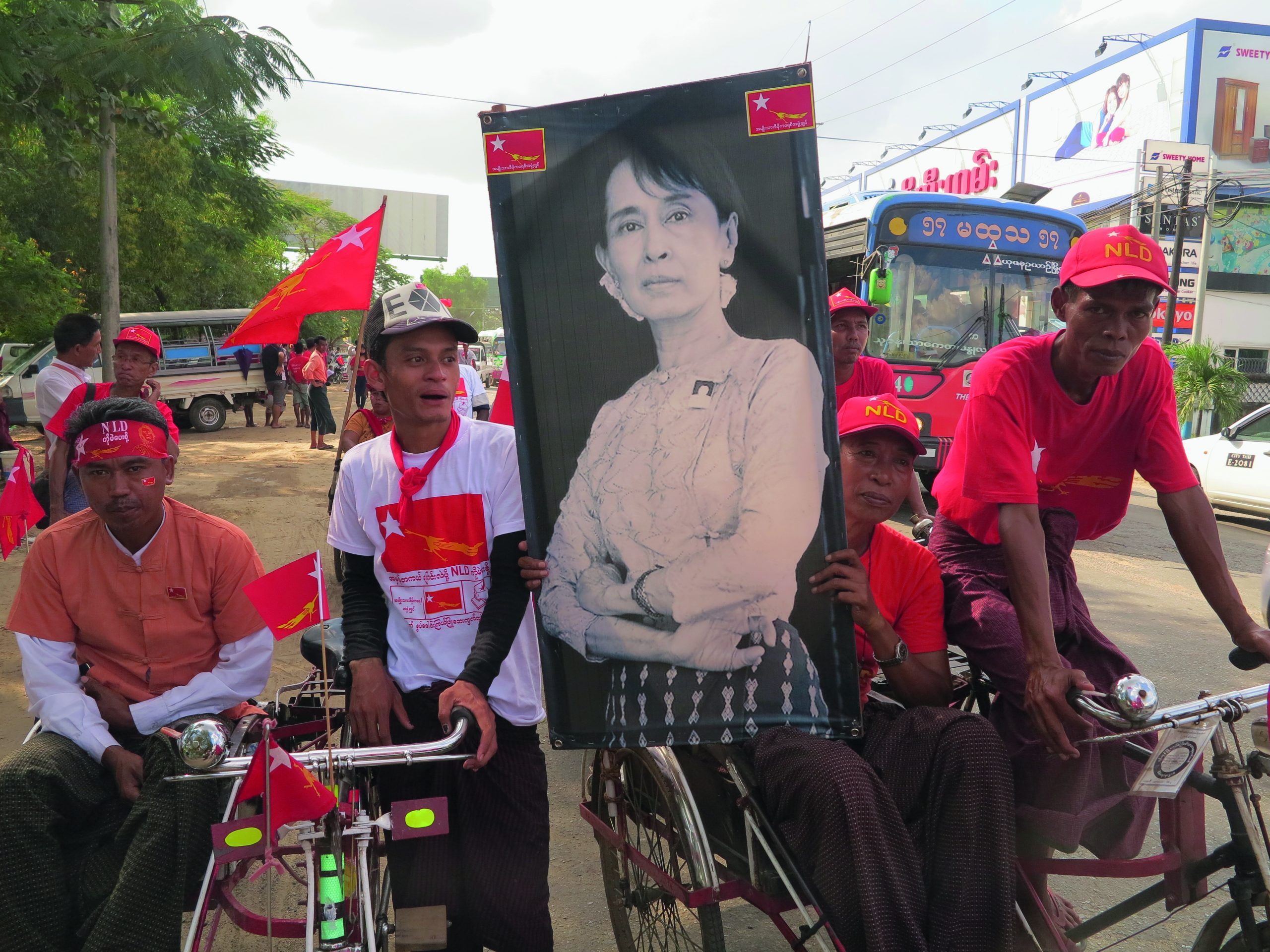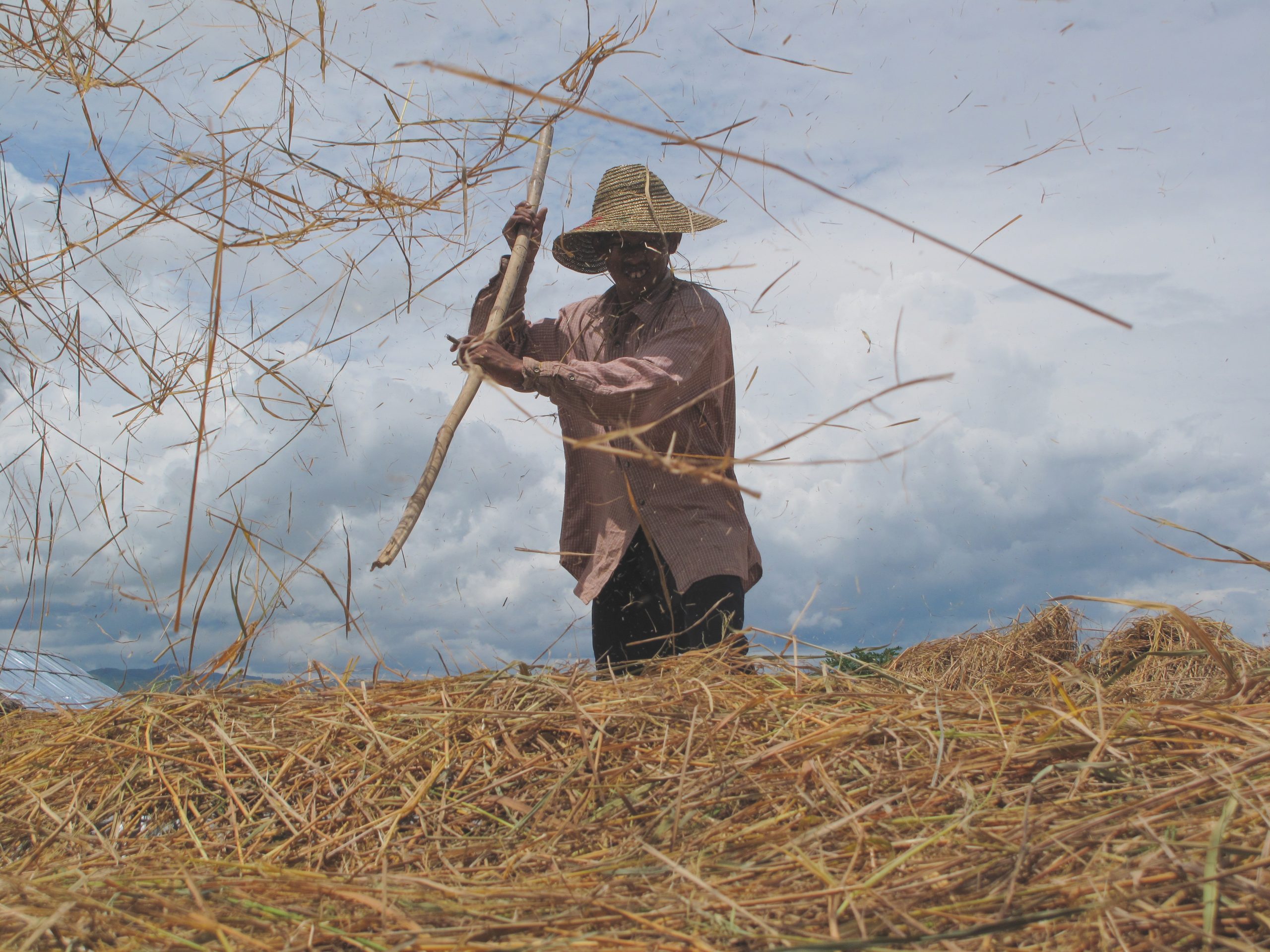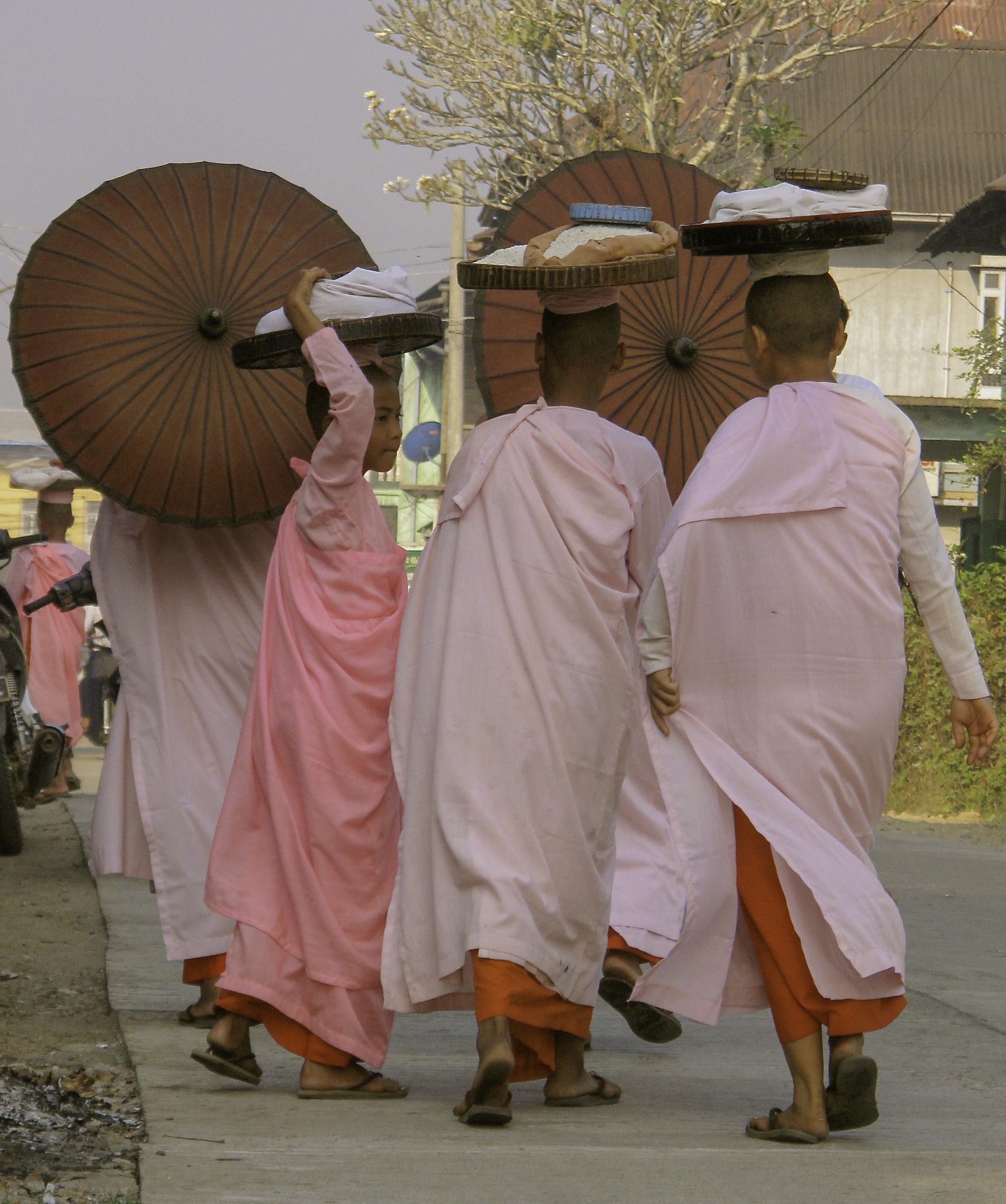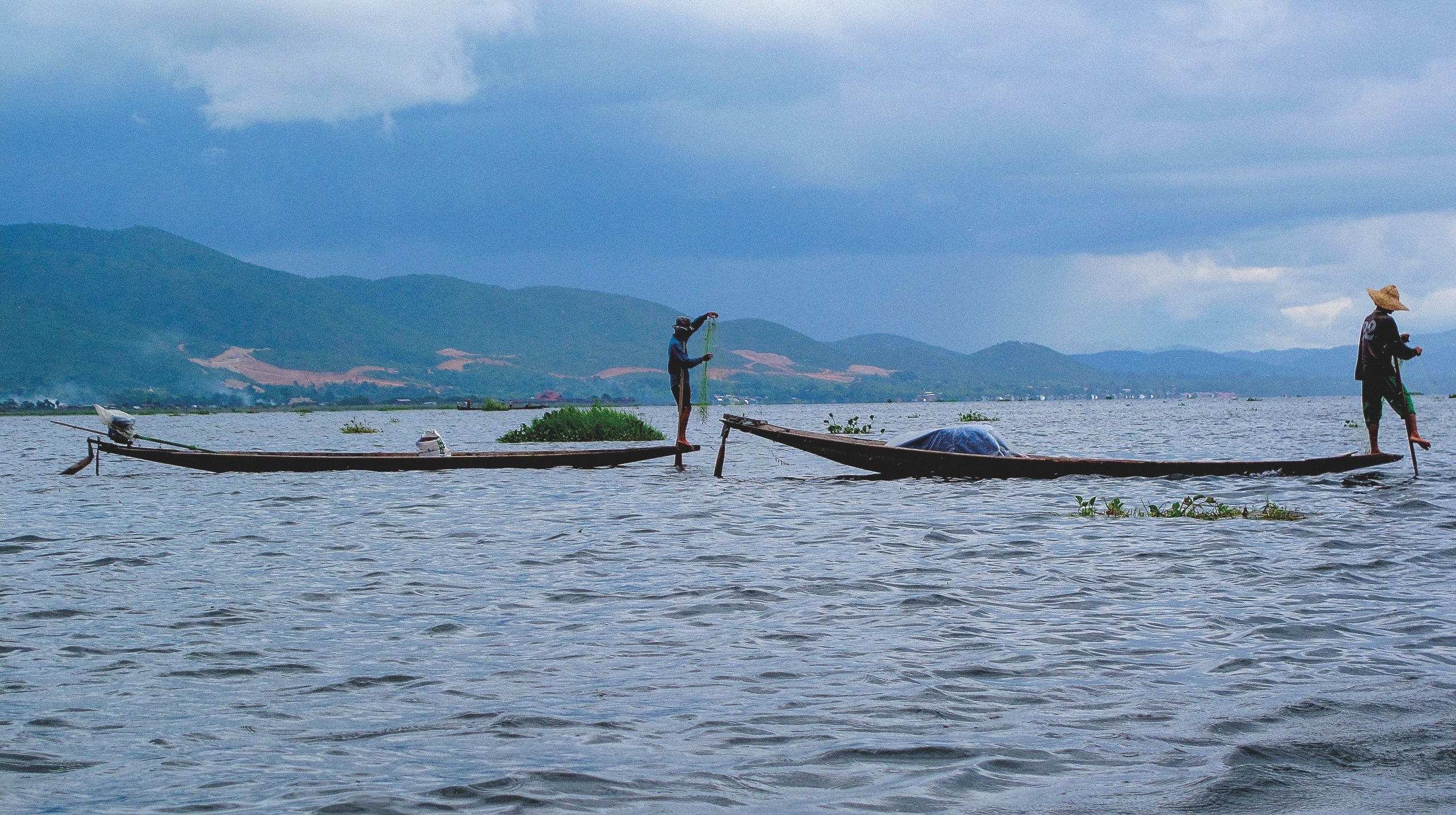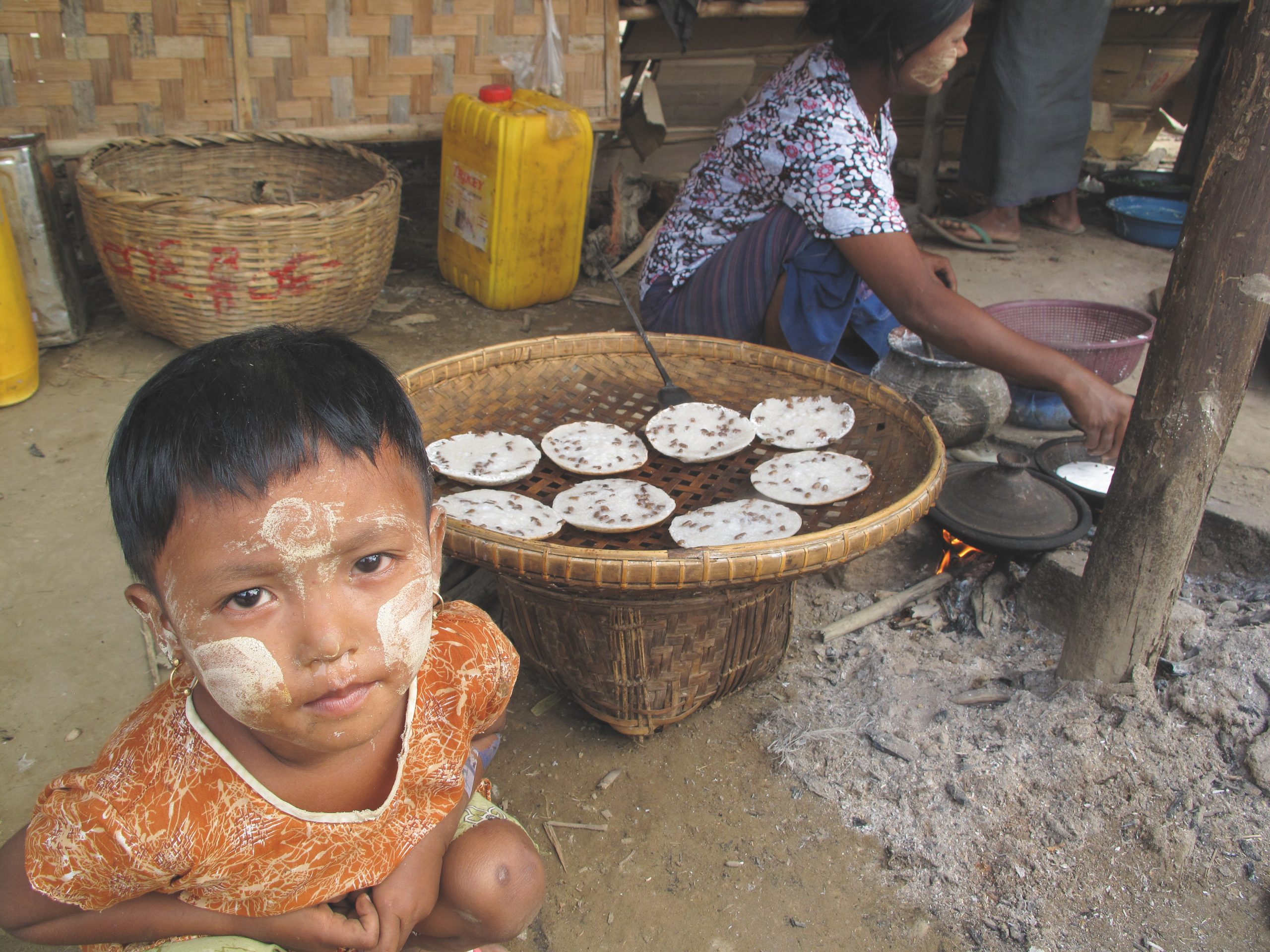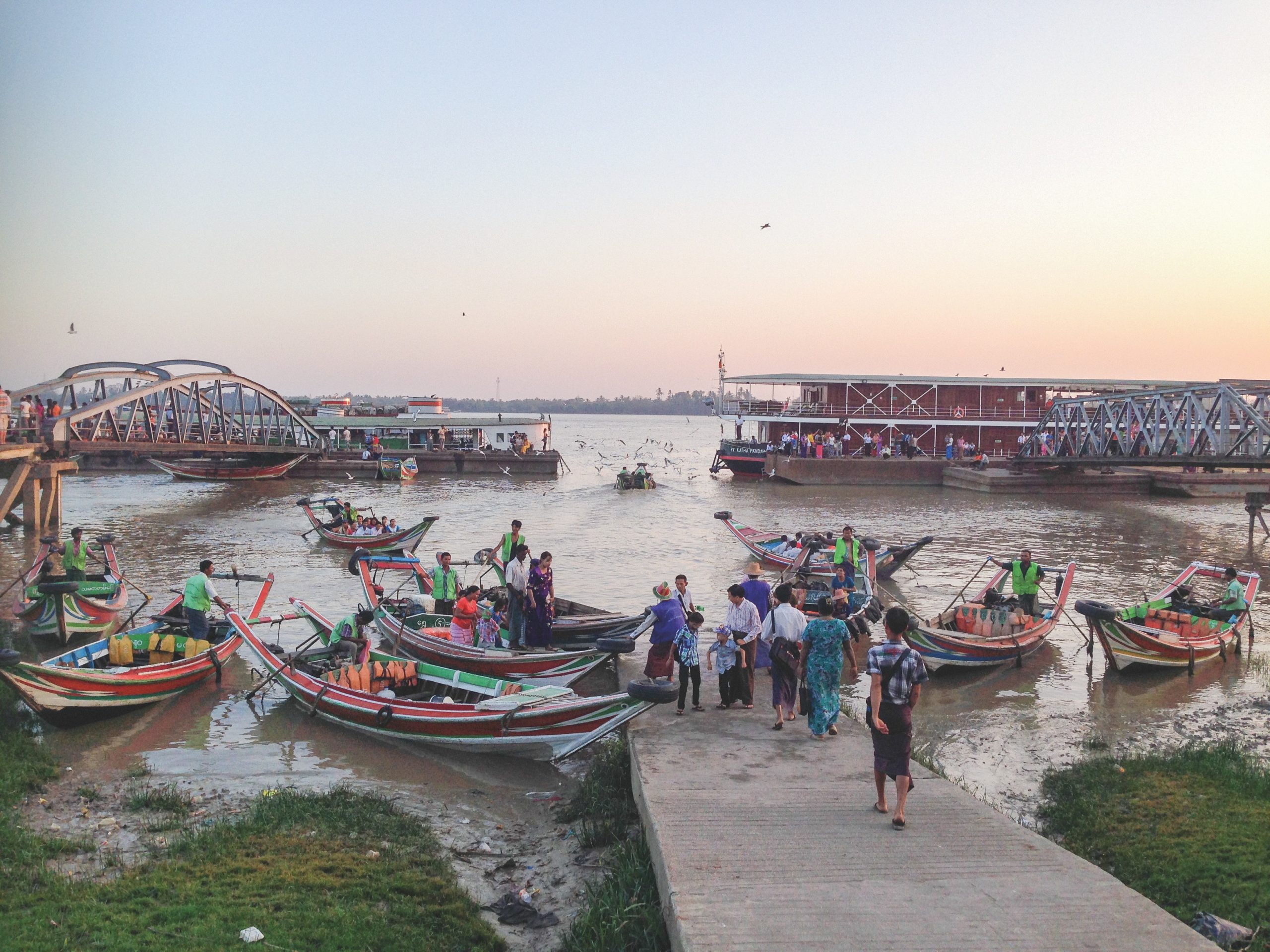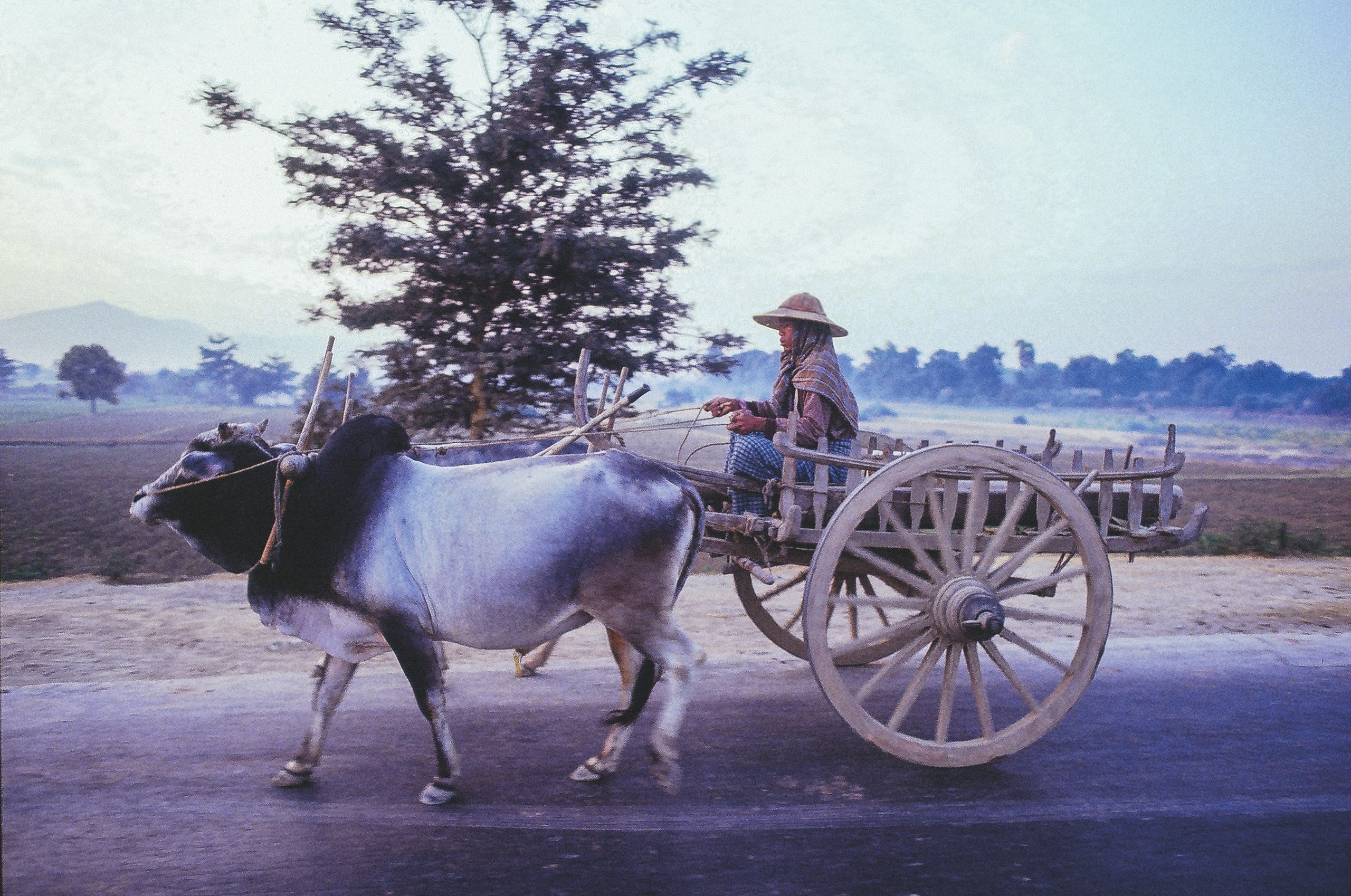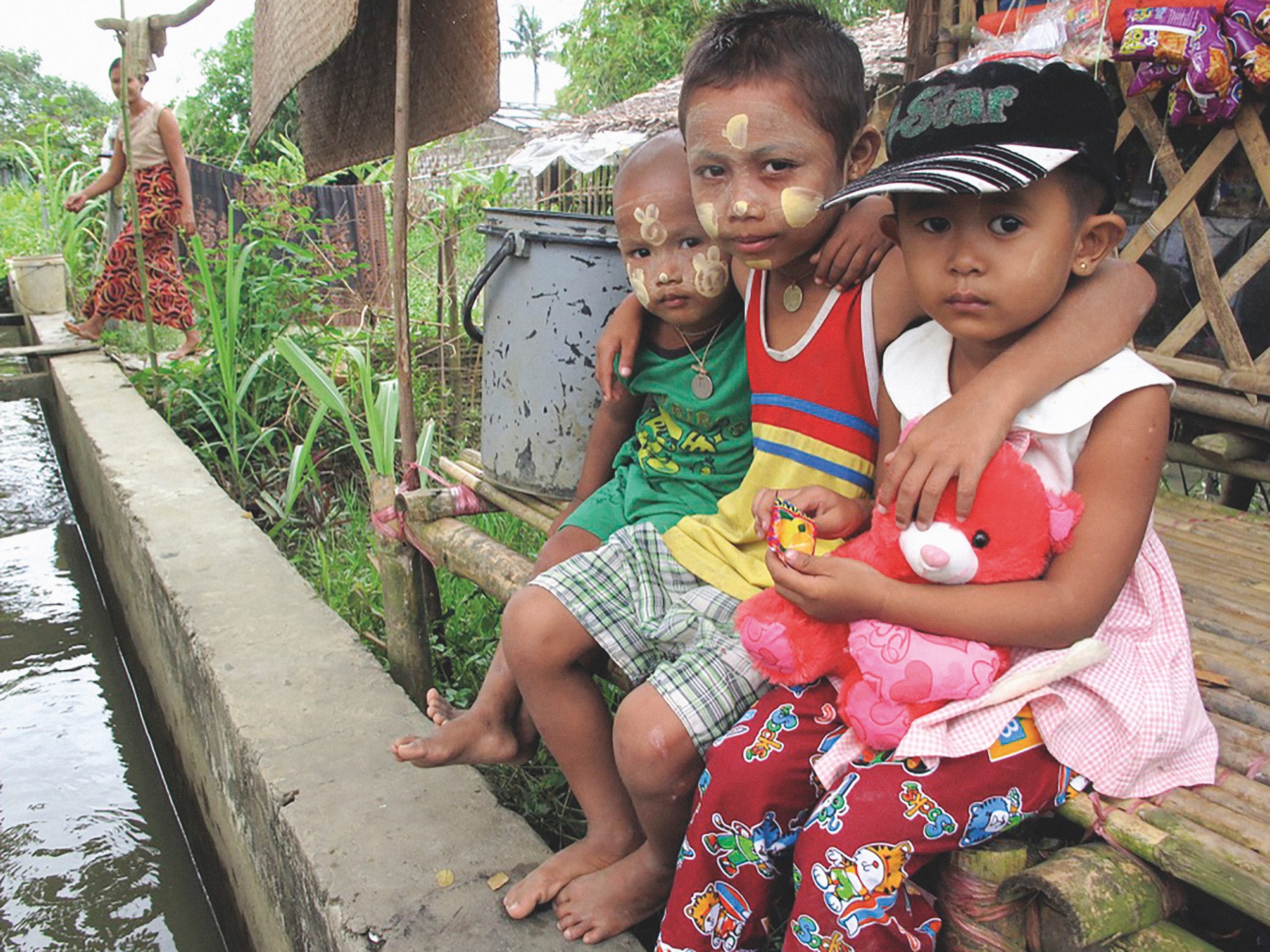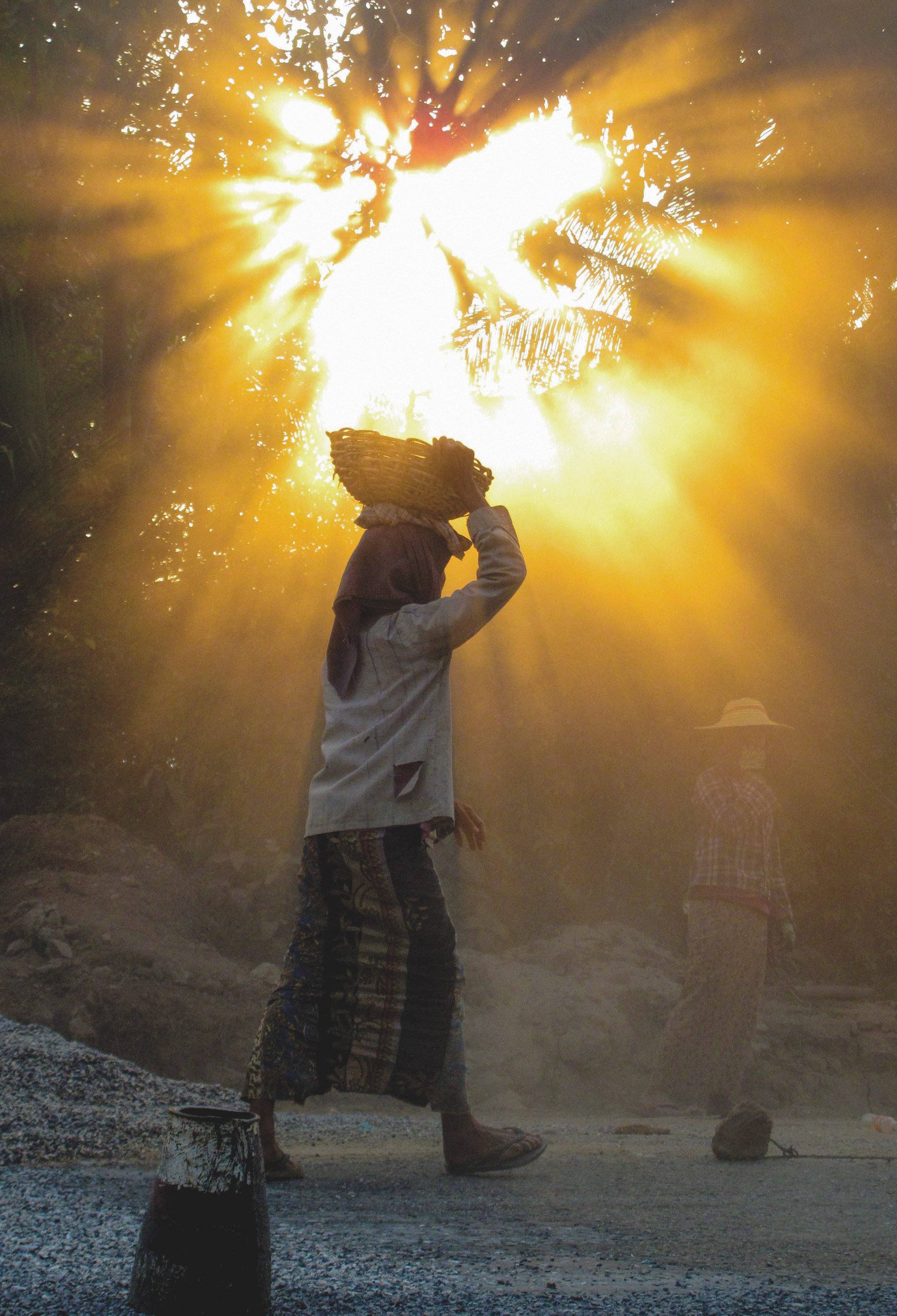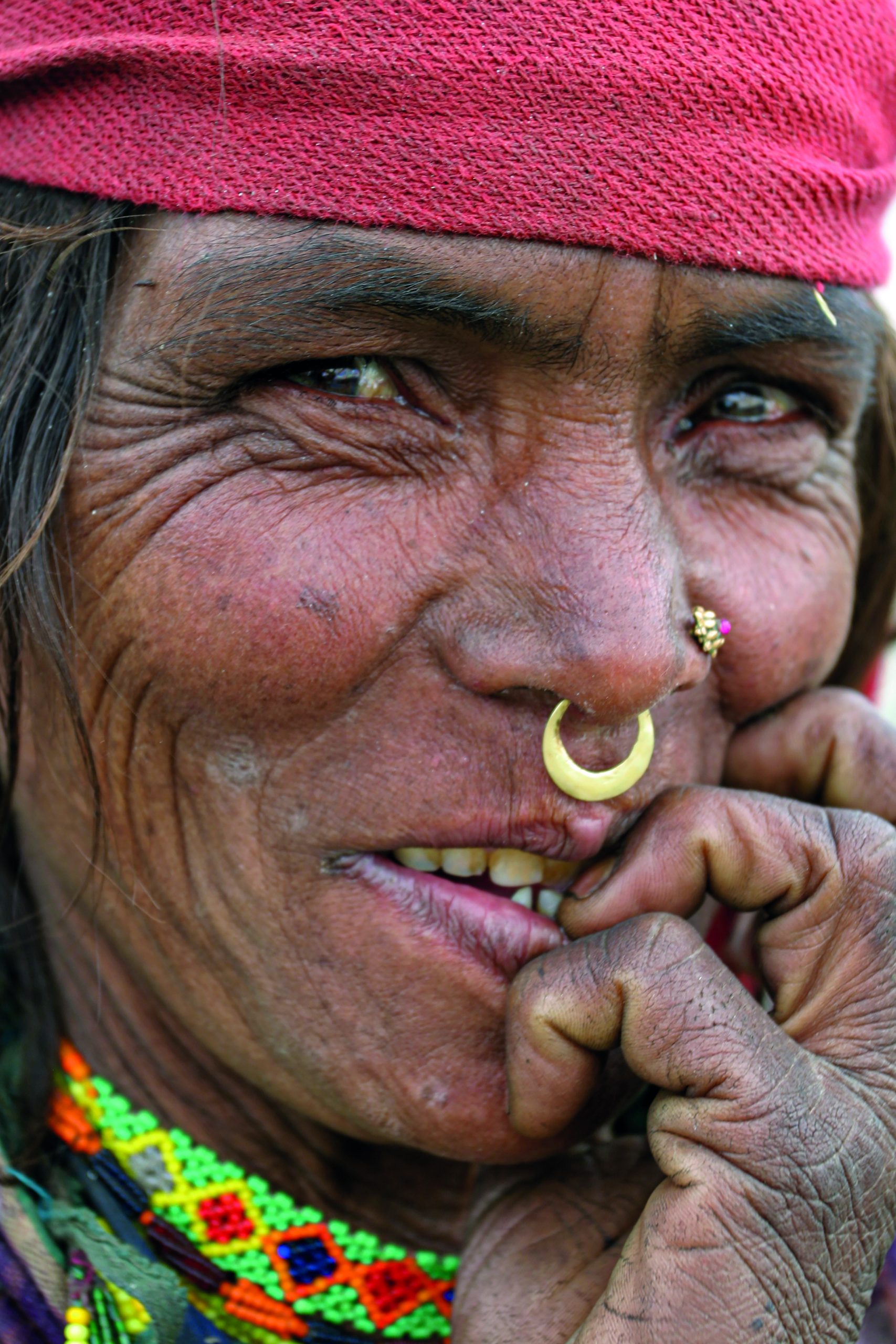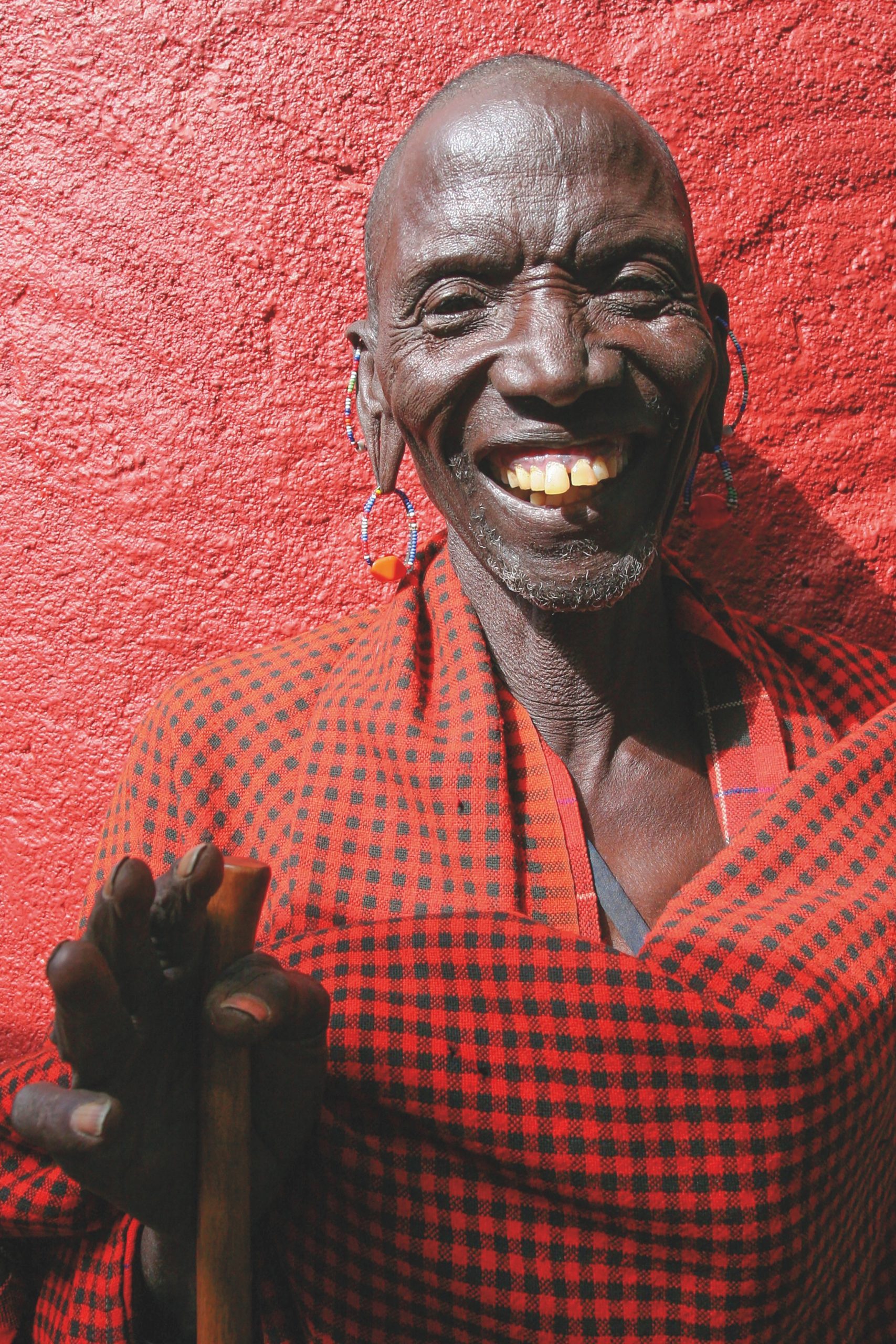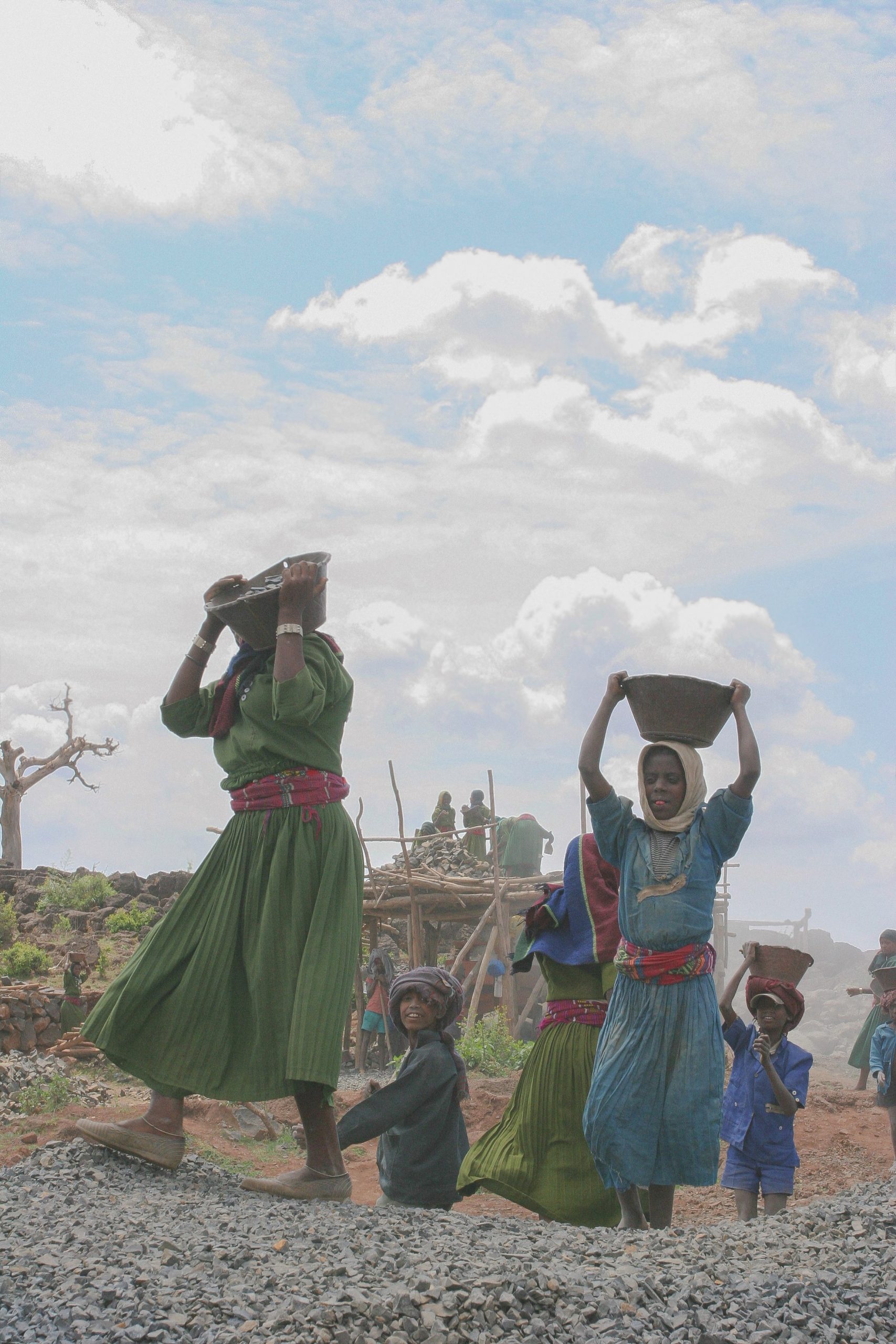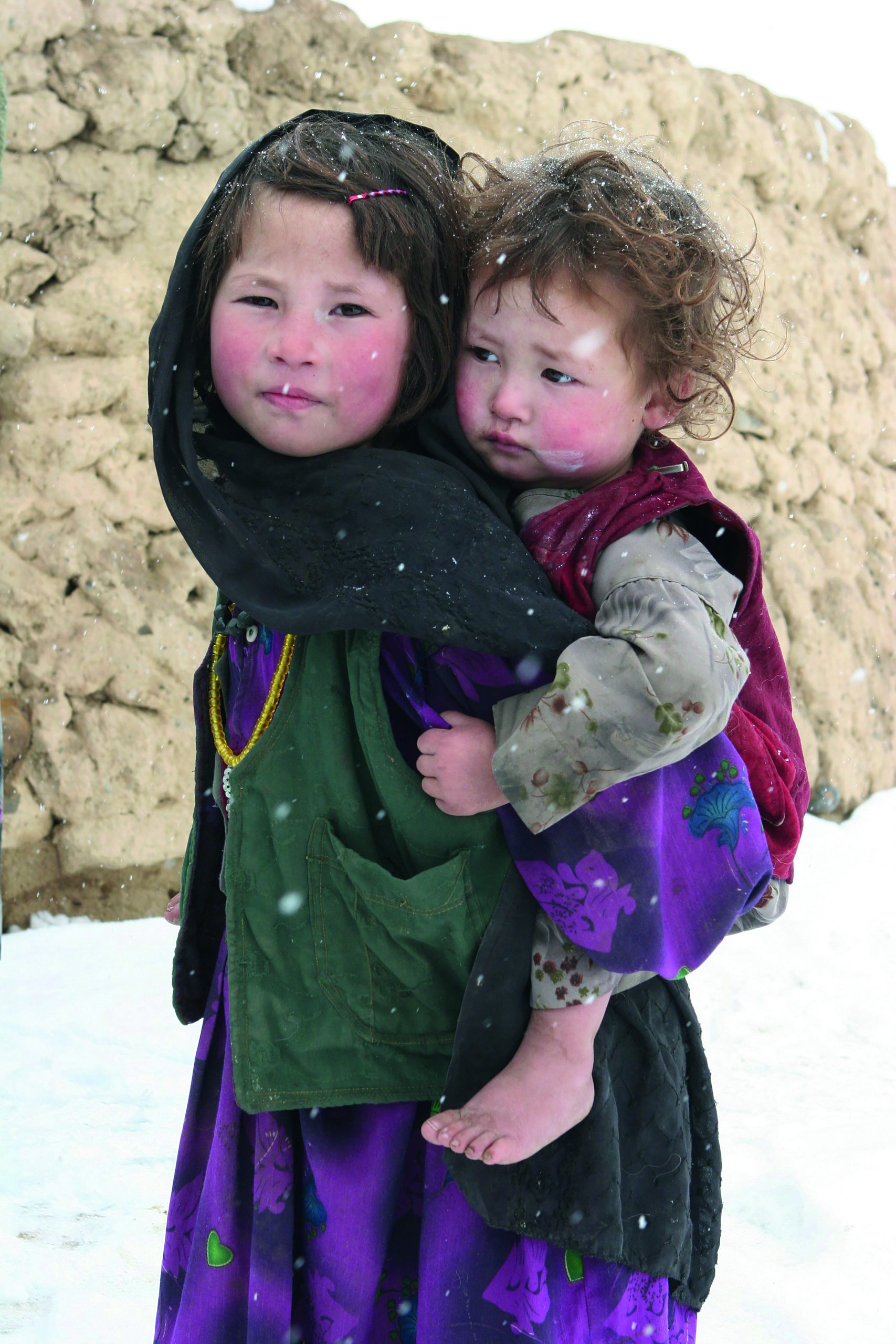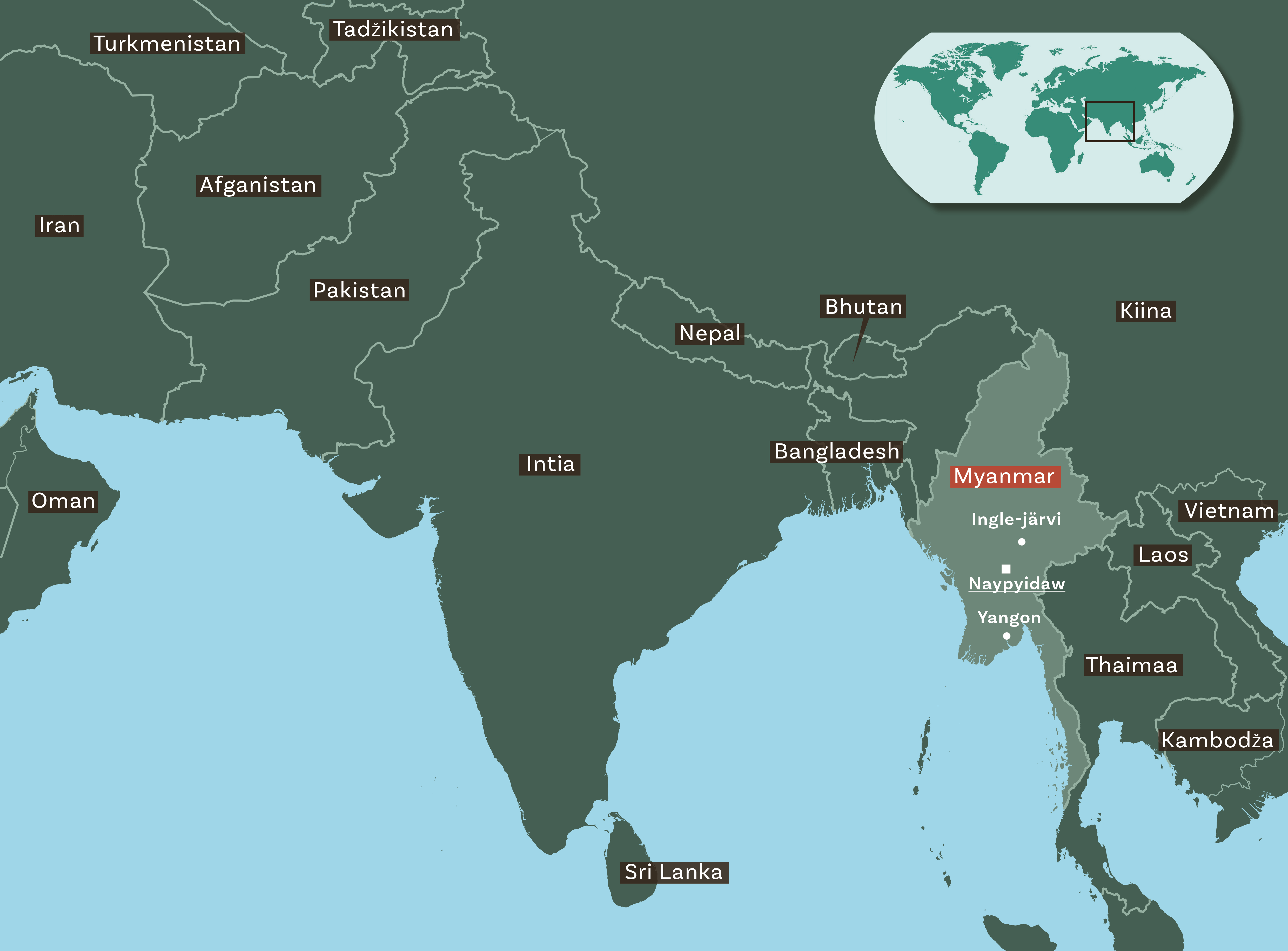
Military Rule Changes Goals in Myanmar
Myanmar, formerly known as Burma,
is very much an agricultural country.
It used to be the largest rice producer in Asia,
its harbours familiar to Finnish seamen
working on cargo ships.
Myanmar is the poorest country in Southeast Asia.
It is home to 54 million people,
some 70 per cent of whom live in the countryside.
For a long time, Myanmar was a military dictatorship.
After World War II, it was one of the most closed countries in Asia
and stayed that way for decades.
However, in the 21st century the military junta
has opened the country up a little.
It allowed several elections,
which were won by the National League for Democracy (NLD),
the party led by Aung San Suu Kyi.
The Myanmar photo exhibition consists of 9 different photographs and stories.
The photos are from 2015.
1.
In 1991, Aung San Suu Kyi received the Nobel Peace Prize.
Millions of Burmese people worship her,
but the international community has criticised her
for her policy of silence.
The Myanmar authorities were widely condemned
by the international community
for the genocide committed
in the area where the Rohingya minority lived.
The Rohingya people are mainly Muslim
and considered by the Myanmar authorities
to be illegal migrants.
The Rohingya fled from persecution
to neighbouring Bangladesh,
where a million of them now live.
Finland has helped the refugees
with a couple of million euros
through the UN’s refugee organisation the UNHCR.
2.
Only a few years ago,
Myanmar was the world’s sixth largest producer of rice.
Its rice crops are harvested twice a year:
one harvest during the monsoon season and one in the summer.
3.
Buddhism is the main faith in Myanmar.
Buddhist monks made headlines in 2007
when they protested in the so-called Saffron Revolution,
which was forcibly struck down by the military.
Since then, the monks’ activism has lessened.
The most radical monks
have been involved in spreading religious hatred.
4.
Tourists like to photograph the fishermen of Lake Inle.
After a long time of being closed,
Myanmar opened to tourists in the early 2000s,
but they didn’t stay long.
Most people prefer not to travel to countries
where people are killed and tortured.
For the same reasons,
Myanmar is under economic sanctions.
The Burmese tourist industry
is controlled by the military junta
and people close to it.
5.
Myanmar’s army took power in a coup
on 1st February 2021.
Aung San Suu Kyi was sentenced to prison.
The new parliament was dissolved
and members of it were killed and imprisoned.
The military junta has put an end
to free communications.
Journalists have been imprisoned and killed.
Soldiers have also arrested, tortured and killed
demonstrators and outsiders.
6.
Morning rush hour in the port of Yangon,
the largest city in Myanmar.
Burmese cities are growing rapidly.
An estimated 18 million people
are expected to live in cities by the year 2030.
For over a year, Yangon and other cities
have seen protests against the military junta.
Strikes and flash demonstrations are held in the cities.
People have also staged civil disobedience campaigns,
where hospital workers, for instance,
have halted work as a protest against the military regime.
Young activists in the cities
have learned to build explosives.
They have run away
into areas controlled by ethnic guerrilla armies,
and are being given military training.
Those who resist the military rule
are coordinating using social media.
The armed resistance has spread throughout the country.
7.
Myanmar has been a Finnish
development cooperation partner since 2012.
Finland will not continue the development cooperation projects
because the military coup has caused uncertainty.
This is Finland’s way of ensuring
that its money does not go to the military government.
8.
UN organisations, other international organisations
and NGOs support Myanmar,
and Finland is involved through these organisations.
At present, NGOs are finding it difficult
to work in Myanmar.
Finland has supported the efforts of
the Save the Children organisation in Myanmar.
Save the Children works to help children
in conflict areas to learn and be well.
9.
Myanmar has lagged behind
the UN’s sustainable development goals.
Which is also true
of the goals Myanmar set itself.
The country, caught up in civil war,
has not made enough of an effort
to provide its citizens with healthcare and education.
In international experts’ estimation,
the government supports in particular
the development of the countryside.
Which is why people in the cities see no benefits,
despite the fact that the cities are growing.
